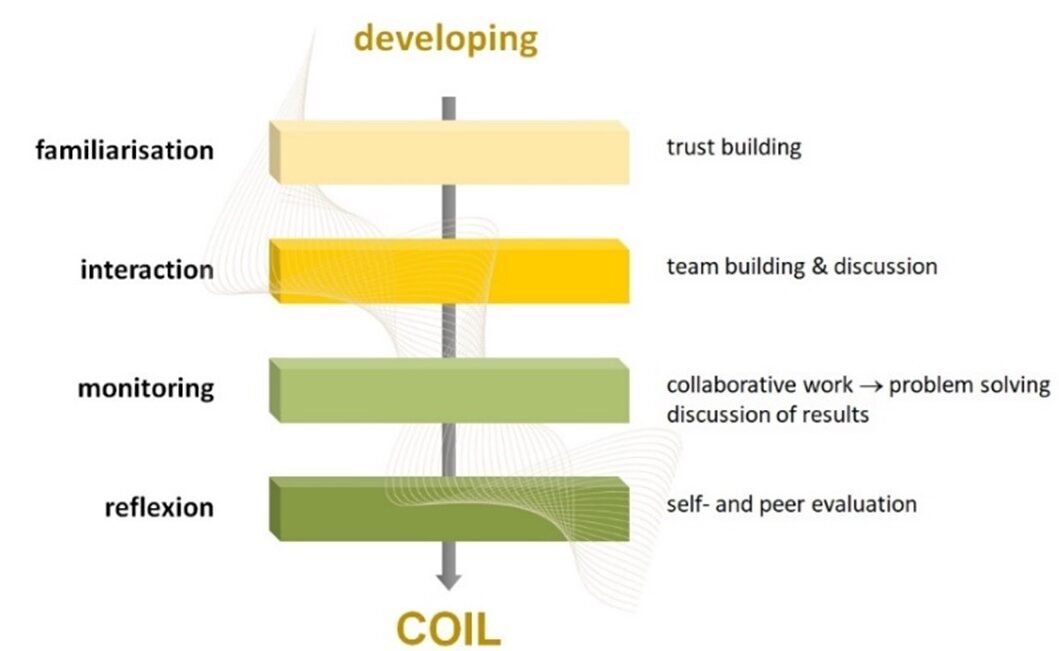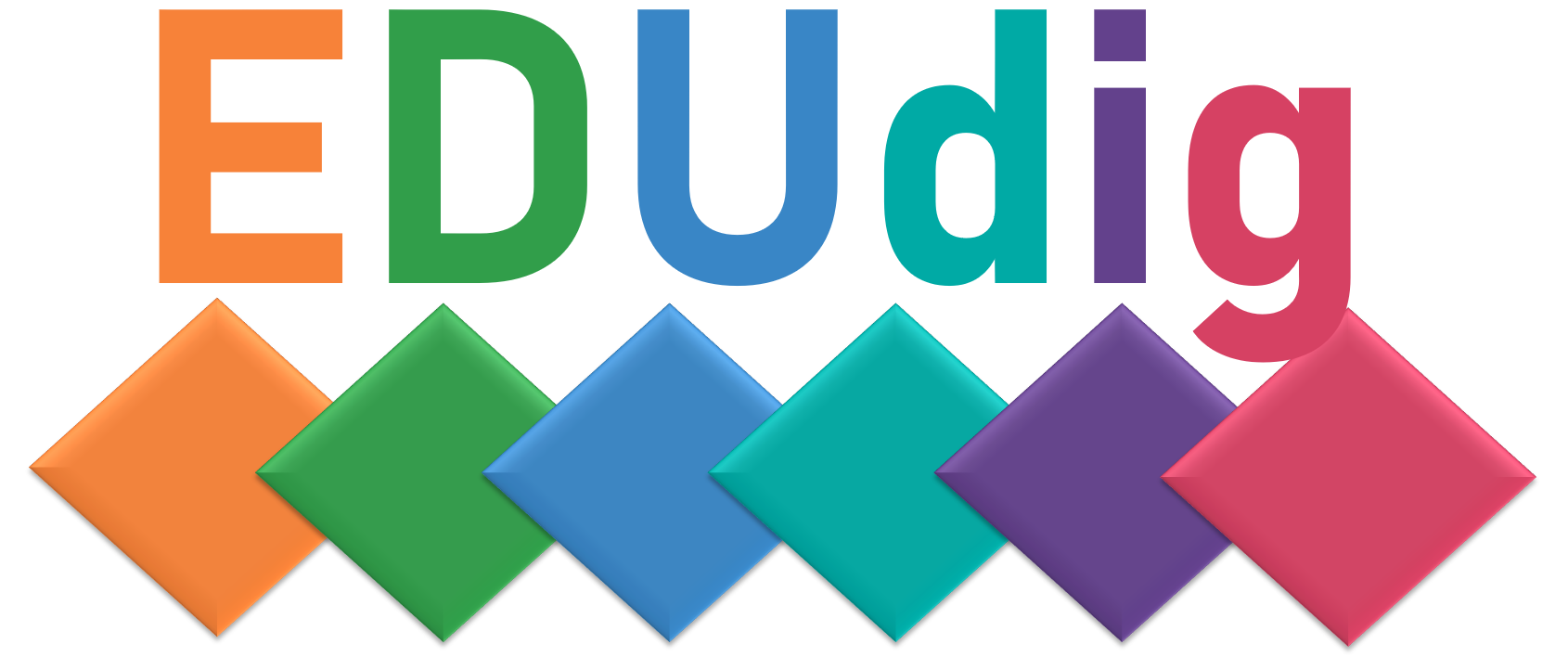Training
4.2.3 Life cycle of a COIL project
The starting point will be to identify a partner. The possibilities to be considered should not be limited to courses with identical syllabuses, but also to those with potential for creating synergies in teaching and learning processes. Thus, courses from different academic years, and even from different scientific areas, can be considered, if it is possible to design a joint project, in which the students of each higher education institution can work collaboratively. Although the design of COIL projects is apparently easier to materialise in two courses with similar pre-defined activities, in the case of multidisciplinary partnerships, learning may be particularly interesting and closer to real contexts – in which professionals from different areas articulate themselves to accomplish activities [4].

- The process starts with the definition, by the teacher(s) involved, of the theme and objectives of the project, which will ground the design of the learning strategy.
- The second step is to interact with potential partners to identify one (or more) for the project. It will always be advantageous for teachers to explore possibilities with personal international contacts or others they may find interesting.
- Once the partner(s) have been identified, the project should be defined.
- The development of the project should be based on common guidelines for the courses involved, listing in detail:
- The duration of the project, the number of international teams and elements per team (per partner);
- The activities and tasks that students should carry out (presentation, regularity of (as)synchronous contacts, learning outcomes, deadlines, among others);
- The dates of the periodic meetings for monitoring and evaluating the project;
- Assessment activities.
- The project ends with the assessment of the work developed by the students involved in the multinational teams.
- Finally, the project ends with an evaluation where both teachers and students can share their experience and get a certificate.
The success of a COIL project depends on a good communication and interaction between the partners (teachers and students). It will be up to each teacher to identify needs and ensure the active participation of students in the project.
The development of the COIL project should be based on common guidelines for the courses involved and it should end with the evaluation (weaknesses & strengths) of the work developed by teachers and students.

